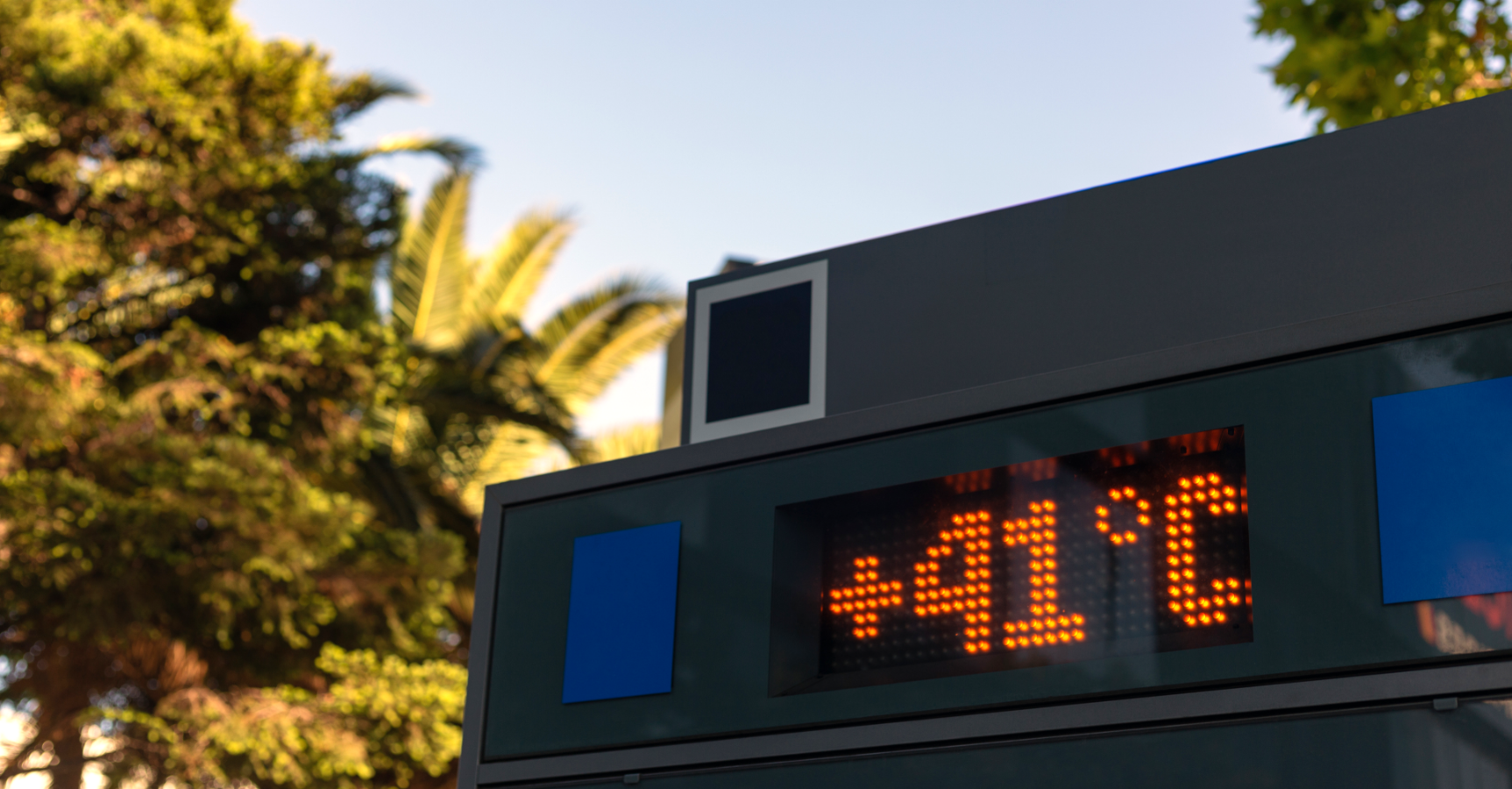The impact that climate change is having on tourism requires the adoption of measures that contribute to reducing its effects, not only by complying with sustainability regulations, but also because of the opportunity that the implementation of the best environmental and social practices can represent for the future of the sector.
Just after the summer season in which we have been able to see how certain towns in Cantabria or the Basque Country reached a maximum temperature of 43º, it is a good time to think about the relationship between tourism and climate change. It is not a new issue, but it has become a protagonist in recent years: record-breaking heat waves, water shortages in many towns, extreme fires, snow-free ski destinations…
In specialized forums, the relationship between tourism and climate change has been analyzed for a long time. Without going any further, at the 2021 climate summit, COP 25 in Glasgow, we witnessed the independent commitment of the tourism sector to climate action around five paths: measure, decarbonise, regenerate, collaborate and finance.
The impact of climate change on tourism is mirrored by the impact that tourism in turn has on climate change. They are two different things, but it is in the interest of the tourism sector to talk about them in a coordinated manner, so that the messages of adaptation to the challenges posed by climate change are consistent with the measures adopted to mitigate its emissions. Let’s explain this.
The tourism sector accounts for 8% of global greenhouse gas emissions, making it one of the largest contributors. As in other sectors, one of the main challenges is to measure CO2 emissions beyond scopes 1 and 2. Historically, companies have measured emissions under their control or ownership and those derived from energy consumption, but not indirect or scope 3 emissions (indirect emissions that occur in a company’s value chain), which account for more than 90% of the total. It is worth remembering that the recent corporate sustainability reporting directive (CSRD) requires the publication of information on total emissions (including scope 3), something that is a real challenge for the tourism sector.
In this regard, for example, let us remember that of the emissions from the hotel sector, the transport of its customers accounts for almost 50%, which must be accounted for within its own indirect emissions. This is just one example of the scale of the challenge ahead, as indirect emissions have up to 15 components (according to the GHG Protocol). The footprint associated with various vectors should be measured (preferably) or estimated, such as the displacement of employees, the waste generated or the emissions associated with investments. Let’s think about everything that impacts the operation of a hotel because it will give us clues as to where we should look for that indirect carbon footprint: water, food, mobility and local suppliers are some of the aspects that must be taken into account.
As is well known, measurement is the first step in defining the company’s decarbonisation strategy that leads to compliance with international commitments, especially in the European Union. Let’s not forget of the fact that by 2030 emissions should have been reduced by 50%, including those classified as scope 3. All emissions generated in a company’s value chain must be included, as well as, logically, those resulting from fuel consumption by facilities, transport elements and machinery (“scope 1”) or electricity consumption in buildings and vehicles (“scope 2)”. For this reason, tourism companies must have a roadmap marked, which they must also make public (in accordance with their CSRD standard), indicating the resources they are going to dedicate and, ultimately, how they are going to do it.
Although it is not the purpose of the article to break down the different interventions that, for example, the hotel sector must undertake, it is quite clear that the production and purchase of renewable energy, and energy efficiency are going to have a weight in direct emissions and purchased energy. But, for sure, what will make the difference in decarbonization strategies will be the involvement of the entire supply chain, mainly suppliers and customers. This contact should also be used to understand the issues of double relative importance with these stakeholders, although we will deal with that in another post. Knowing where customers come from and by what means is going to be as important as understanding the type of packaging in which the cleaning products come or the origin of the food consumed in the establishment, to give several examples.
In this context, where information flows between companies and consumers, the mitigation measures that the former have become a competitive advantage taking into account that there is increasing social awareness of the effects of climate change. However, here too, the measures to adapt to the effects that we already have come into play and that are beginning to involve changes in the consumption patterns of tourists. A recent study has found, through the analysis of data on bank card spending, that between 2019 and 2023 there was an increase of 45% in areas of Spain with lower average temperatures, while in those with higher temperatures it only increased by an average of 30% (David César Heymann, Caixabank Research, 2024). In other words, the post-COVID recovery of the sector has already taken place, but at a much lower rate in the warmer areas of Spain. There is clearly beginning to be an interrelationship between consumption and temperatures or exposure to heat waves, which should condition the measures taken by the tourism sector to adapt to these impacts.
Again, adaptation to the effects of climate change (high temperatures, extreme fires, drought, etc.) must be taken into account in the assessment of the risks and financial opportunities that these effects may cause. Since the main objective of a hotel is to provide accommodation for its guests, these factors have weight in the quantity and quality of tourists, who choose areas that are less impacted or with assets better adapted to these effects. Let’s not forget the impact it already has on high mountain tourism and the reduction of ski seasons. Or the far-reaching effects such as the rise in sea and ocean levels and the warming of the water that produces alterations in biodiversity, or a greater frequency of cut-off lows and, frequently, a reduction in tourist activity.
As we can see, all these factors are interrelated, but it seems that consumers are beginning to change their habits as a matter of well-being and alignment with their environmental concern. It is easy to imagine that Spain is at a crossroads, as 12% of its GDP comes from tourism and at the same time it is one of the countries most impacted by climate change and the growing desertification of the territory. That is why in several international forums there is special attention on how adaptation will be addressed in a context of full growth in the sector. It is undoubtedly an opportunity to implement the best environmental and social practices that serve as a model in other parts of the world, while addressing its own decarbonization commitments towards the expected neutrality in the coming years.


